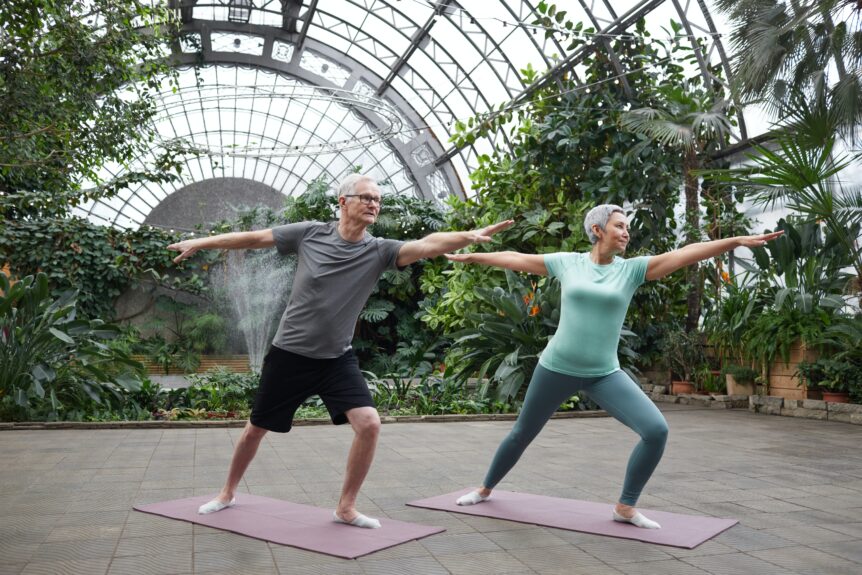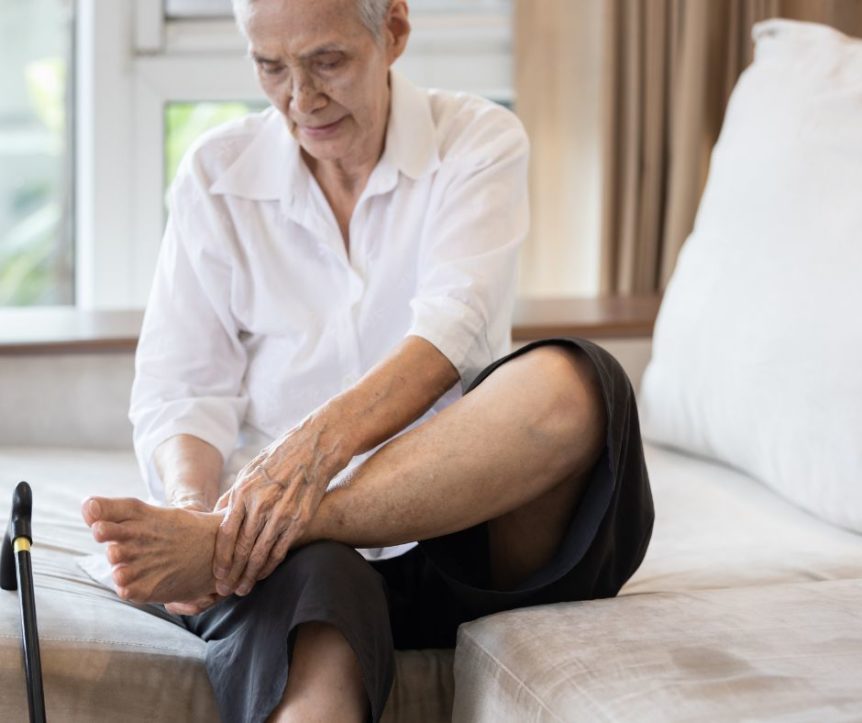Isoard-Gatheur et al. Scandinavian Journal of Medicine and Science in Sports – 2023 early access Research on students’ well-being has shown that studies may have an impact on well-being. However, this relationship is complex and involves many other parameters (e.g., food security and physical activity). Therefore, the objective of the present study was to investigate the relationships between food insecurity …
Exercise in Octogenarians: How Much Is Too Little?
Carrick-Ranson, G., Howden, E. J. & Levine, B. D. Annu Rev Med 73, 1–15 (2021). The global population is rapidly aging, with predictions of many more people living beyond 85 years. Age-related physiological adaptations predispose to decrements in physical function and functional capacity, the rate of which can be accelerated by chronic disease and prolonged physical inactivity. Decrements in physical …
The Psychology of Athletic Tapering in Sport: A Scoping Review
Stone, M. J. et al. Sports Med 53, 777–801 (2023). Abstract Taper is a common training strategy used to reduce fatigue and enhance athletic performance. However, currently, no review has summarised what psychological research has been conducted examining taper, what this research shows and what future research needs to be undertaken to extend the field. Consequently, a scoping review was …
Benefits and barriers to physical activity among African women: A systematic review
Obit et al, Sports Medicine and Health Sciences, 5 (2023), 59-66. Black women have always been likened to being a less physically active group compared to women of other races/ ethnicity, with reports of a high prevalence of obesity and other cardiometabolic diseases among them. The purpose of this study is to examine the health benefits of physical activity on …
Direct and indirect impact of low energy availability on sports performance
Melin, A. K. et al. Scand J Med Sci Spor (2023) Abstract Low energy availability (LEA) occurs inadvertently and purposefully in many athletes across numerous sports; and well planned, supervised periods with moderate LEA can improve body composition and power to weight ratio possibly enhancing performance in some sports. LEA however has the potential to have negative effects on a …
Screening for pelvic floor symptoms in exercising women: a survey of 636 health and exercise professionals
Dakic et al, Journal of Science and Medicine in Sport 26 (2023) 80–86 ABSTRACT Objectives: This study aimed to establish health and exercise professionals’ (i) current practice of screening for pelvic floor (PF) symptoms in women within sports/exercise settings (ii) between-professional group differences in screening practice (iii) confidence and attitudes towards screening for PF symptoms and (iv) barrier/enablers towards engagement …
One fifth of patients with Achilles tendinopathy have symptoms after 10 years: A prospective cohort study
Lagas, I. F. et al. J Sport Sci 1–9 (2023) Abstract Patients with midportion Achilles tendinopathy (AT) are thought to experience a gradual symptomatic improvement over time. The aim of this study was to prospectively investigate if patients with midportion AT have symptoms at 10-year follow-up. Patients with midportion AT were invited to complete an online questionnaire 10 years after …
AI did not write this manuscript, or did it? Can we trick the AI text detector into generated texts? The potential future of ChatGPT and AI in Sports & Exercise Medicine manuscript generation
Anderson N, Belavy DL, Perle SM, et al. BMJ Open Sport & Exercise Medicine 2023;9:e001568. Abstract Researching a topic and generating an academic paper is a nuanced skill. It can take months or years to produce and publish one, if it is ever published at all. What if there were a way to make this happen instantly? Artificial intelligence (AI) …
A Qualitative Study of 11 World-Class Team-Sport Athletes’ Experiences Answering Subjective Questionnaires: A Key Ingredient for ‘Visible’ Health and Performance Monitoring?
McCall, A. et al. Sports Med 1–16 (2023) Abstract Background Athlete monitoring trends appear to be favouring objective over subjective measures. One reason of potentially several is that subjective monitoring affords athletes to give dishonest responses. Indeed, athletes have never been systematically researched to understand why they are honest or not. Objective Because we do not know what motivates professional …
“It’s always the bare minimum” – A qualitative study of players’ experiences of tackle coaching in women’s rugby union
K. Dane, G. Foley, S. Hendricks, et al. Journal of Science and Medicine in Sport. Abstract Objectives: Tackle coaching forms a cornerstone of training in rugby and is designed to enhance performance and mitigate tackle injury. The athlete voice can help key stakeholders understand the psychosocial determinants that shape skill development in relation to tackle coaching. We aimed to capture …










